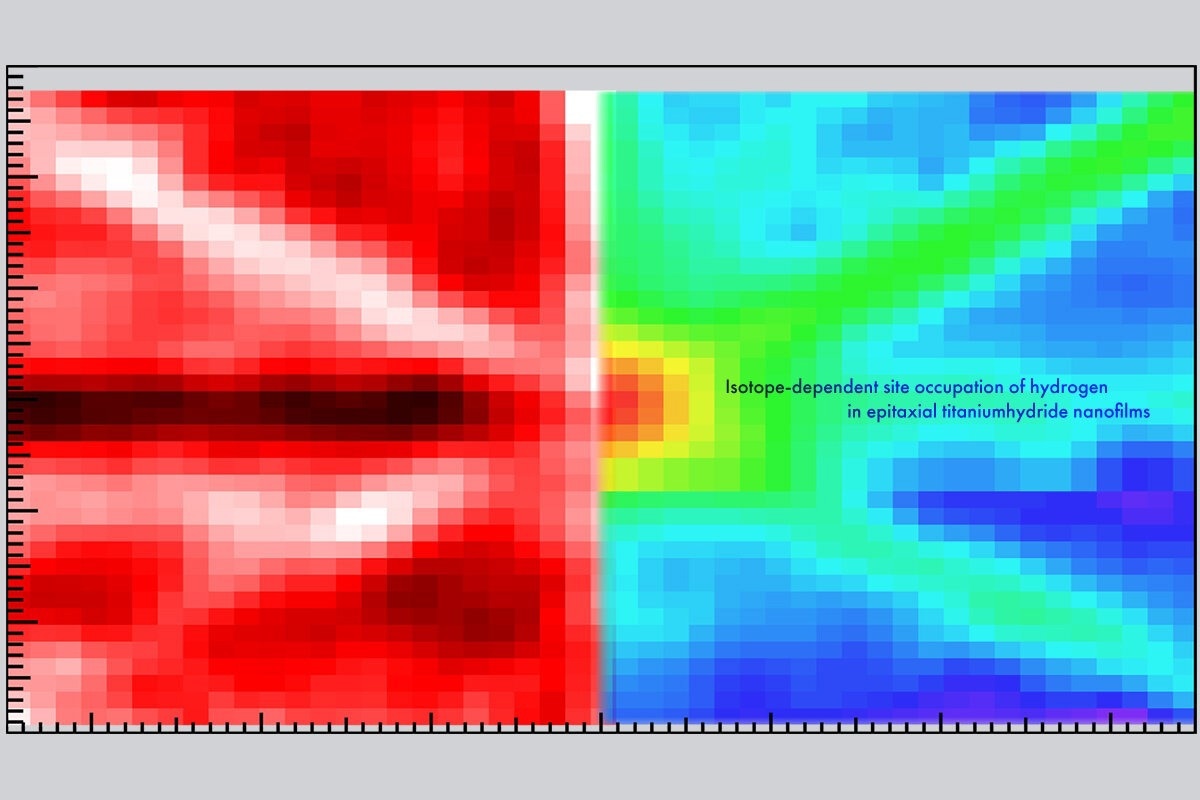In a study recently published in the journal Nature Communications, researchers from The University of Tokyo's Institute of Industrial Science have described a technique for locating hydrogen in nanofilms.

Image Credit: University of Tokyo
Despite being the smallest and lightest atom, hydrogen can significantly influence the properties of other materials, including metal-insulator transitions and superconductivity. Japanese researchers are now concentrating on identifying a simple method for locating it in nanofilms.
Hydrogen atoms can readily move into the structure of other materials due to their tiny size. Applications like hydrogen storage benefit from titanium's ability to absorb hydrogen and produce titanium hydrides.
The secret to adjusting the material's characteristics may lie in knowing the precise location and number of hydrogen atoms. However, due to their low sensitivity for tiny atoms, widely used methods like electron probes and X-rays make it difficult to detect hydrogen.
The researchers created a two-dimensional angular mapping of titanium hydride nanofilms by combining ion channeling and Nuclear Reaction Analysis (NRA).
We took a close look at a TiH1.47 nanofilm. Understanding nanofilms is useful as many hydrogen-related applications involve surface and subsurface reactions. We were able to precisely locate both the hydrogen and deuterium atoms in the nanofilm.
Takahiro Ozawa, Study Lead Author, University of Tokyo
All deuterium atoms, which are twice as massive as hydrogen, were found in tetrahedral positions within the titanium crystal. Nevertheless, 11% of the hydrogen atoms were found at octahedral positions. According to calculations, this diversity in the sites reduced the symmetry, increasing the stability of the lattice.
Controlling the ratio of hydrogen isotopes might be utilized to adjust the stability and attributes of nanofilms according to the desired use because nuclear quantum phenomena prevented the deuterium atoms from occupying octahedral positions.
Being able to differentiate between the two isotopes in the hydride revealed an opportunity for control. This will clearly have important practical applications for producing particular hydrogen-induced phenomena.
Katsuyuki Fukutani, Study Senior Author, University of Tokyo
The improved understanding of titanium hydride nanofilms is anticipated to advance applications in hydrogen storage, solid electrolytes, and heterogeneous catalysis, supporting the development of practical and safe green solutions for the future.
Journal Reference:
Ozawa, T., et al. (2024) Isotope-dependent site occupation of hydrogen in epitaxial titanium hydride nanofilms. Nature Communications. doi.org/10.1038/s41467-024-53838-6.